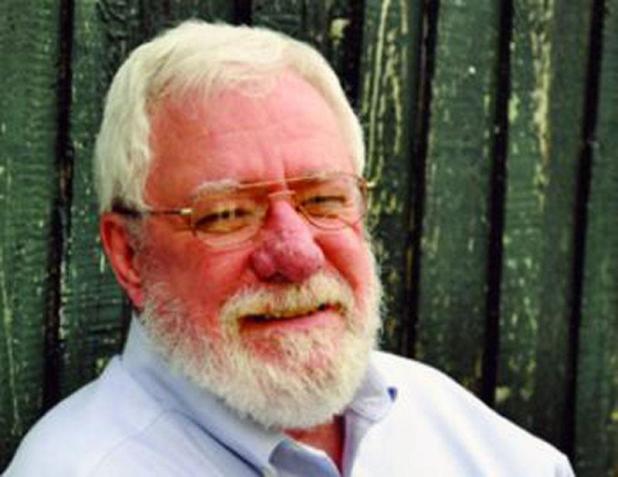
Jim Bradshaw
Tidelands fight took 50 years
The fight between Louisiana and the federal government had been going on for 16 years when Congress passed “historic” legislation in May 1953 to “restore to the state land that was taken away from it by decisions of the Supreme Court.”
The land in question was beneath the Gulf of Mexico. Nobody much cared about it until the 1940s, when it began to dawn on folks that there was oil beneath that soggy bottom. In fact, the U.S. government had no objection in 1938 when the state claimed everything out to the edge of the Continental Shelf — the shallow seabed that in some parts reaches a hundred miles or more from shore.
But it didn’t take long for the federal government to realize there were millions and millions of barrels of oil beneath the Gulf, meaning millions and millions of dollars in potential taxes. That’s why the feds went to the Supreme Court to claim that coastal waters belonged to the national government, not the state.
Louisiana argued it had always exercised “continuous, undisturbed, and unchallenged sovereignty” over the seabed. But the court agreed with the feds, touching off a decades-long legal fight, known generally as the Tidelands Dispute.
The Submerged Lands Act that was passed in May 1953 was supposed to undo what the courts had done. It gave coastal states jurisdiction for three miles from their coastlines, but that raised as many issues as it solved. Nobody was sure about where to start measuring the three miles. The New York Times predicted, correctly, that “because of the state’s extremely irregular shoreline, it may take … years to determine just where the three mile … boundary of the state actually lies.”
That was just about the time that Jack P. F. Gremillion was hand-picked by Earl Long to become attorney general. He stayed in office for 16 years and is probably best remembered for opposing desegregation and for the fact that his tenure ended with an indictment for fraud and conspiracy. A jury found him not guilty of those charges, but he was then convicted on five counts of lying to the grand jury that indicted him.
Despite his other views and Long’s claim that “if you want to hide something from Jack Gremillion, put it in a law book,” Gremillion did serious battle over the tidelands. He put together an impressive team of legal scholars and they put together a series of lawsuits raising a list of constitutional issues — none of which were successful.
Gremillion tried another route. In 1956, he took his argument to the friendlier state, not federal, court, and got a restraining order to keep the federal government from leasing offshore land. Gremillion argued there was a conspiracy between the U.S. Department of Interior and oil companies “to usurp and illegally ‘grab’ lands and revenues belonging to the state.”
That finally led to an agreement between the state and federal governments to allow oil drilling, but to hold the lease money and taxes in escrow until a ruling by the Supreme Court on who owned the land. The court, once again, gave the federal government the land that it claimed, and, more importantly, gave it most of the money.
Louisiana finally won a small battle several years later over where the shoreline began, and with the declaration that coastal erosion did not also erode away state land. But there was still a money issue to solve, this one over how much of the interest from the money that had been put aside belonged to the state.
That legal battle dragged on for years more, often to the frustration of Billy Guste, the attorney general who picked up the battle. In 1980, the court made a tangled ruling that Louisiana did own the money that had been held for it, but somehow did not own the interest on it.
That’s how things stood until one day when Gary Keyser, the assistant who led the tidelands fight during the Guste administration, came across a federal rule actually meant to deal with drilling on federal land in the western U.S. It provided that states should get a “fair and equitable” part of the proceeds from mineral production on public land.
Louisiana pounced on that with a new suit that was settled out of court in 1986. It gave the state $540 million in reparation for past federal action, and provided that Louisiana would get 27% of the annual revenue from a part of the Gulf outside the three-mile limit designated the “8(g) area,” referring to the part of the rule that gives some money to the states.
Since then, the state has invested the so-called 8(g) money in a Louisiana Education Quality Trust Fund that has provided hundreds of millions in grants to Louisiana schools.
It only took 50 years to get things more or less right.
You can contact Jim Bradshaw at jimbradshaw4321@gmail.com or P.O. Box 1121, Washington LA 70589.
